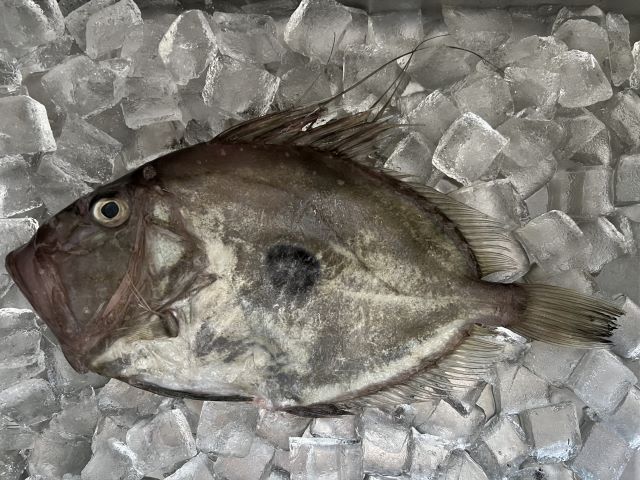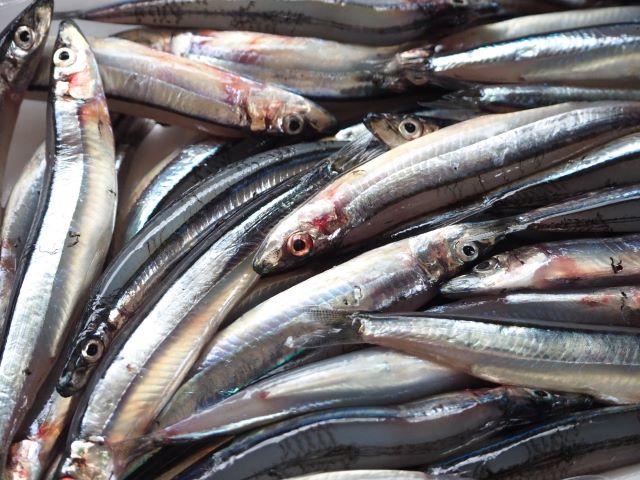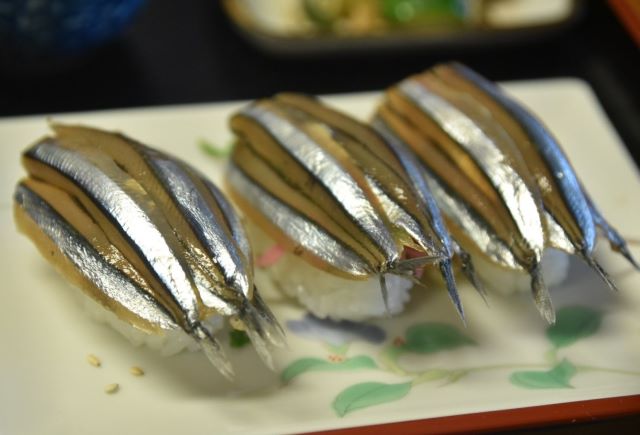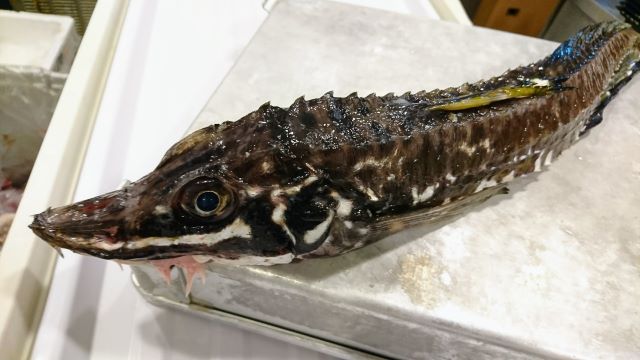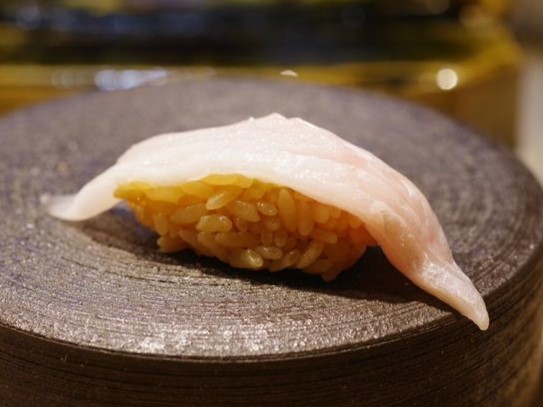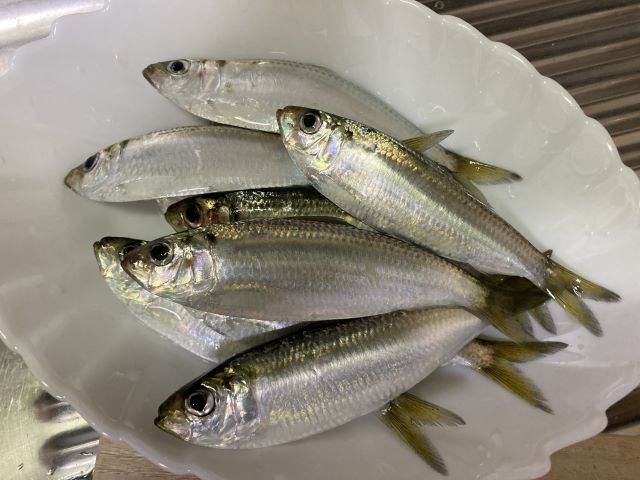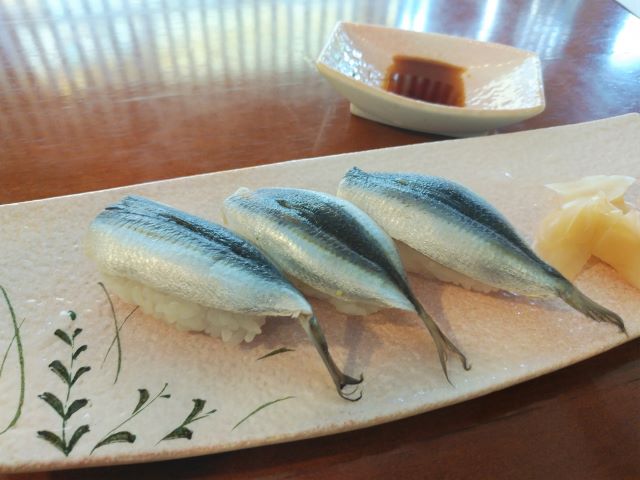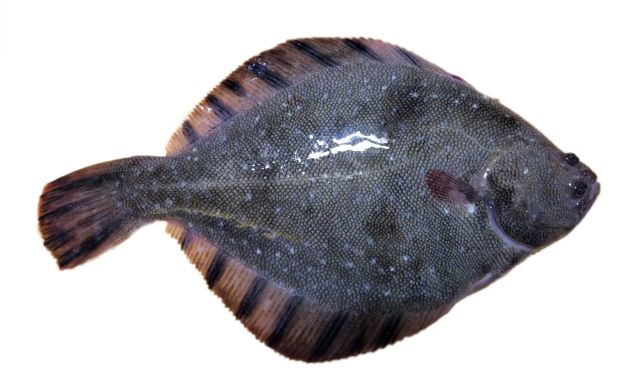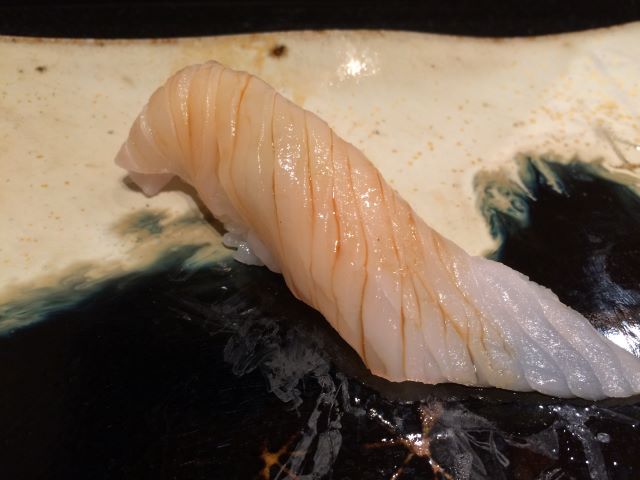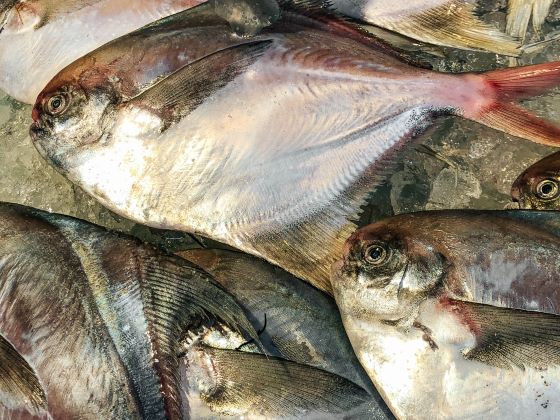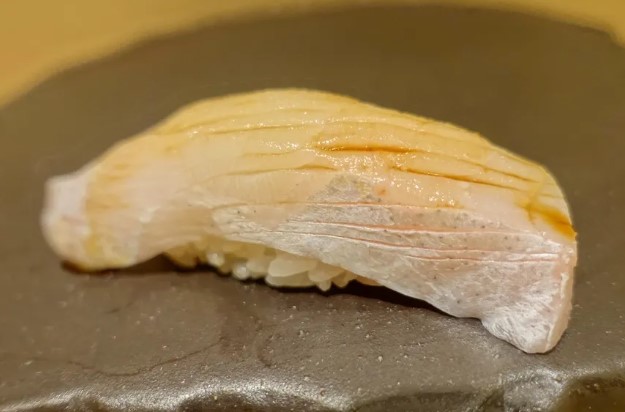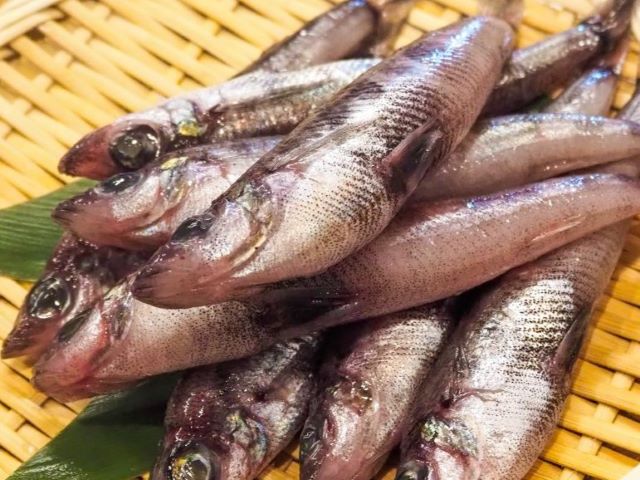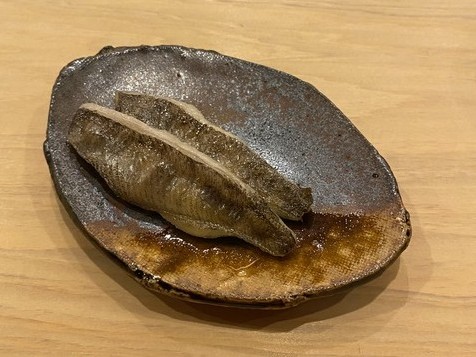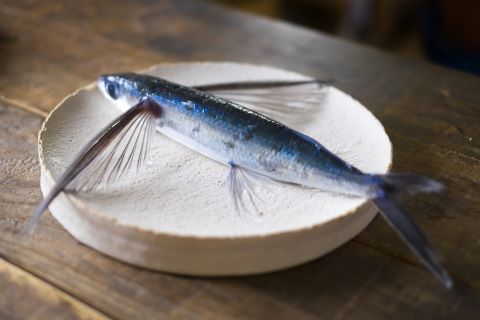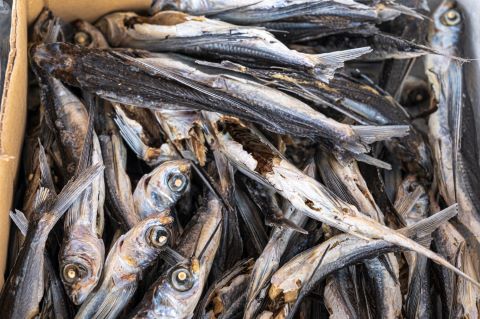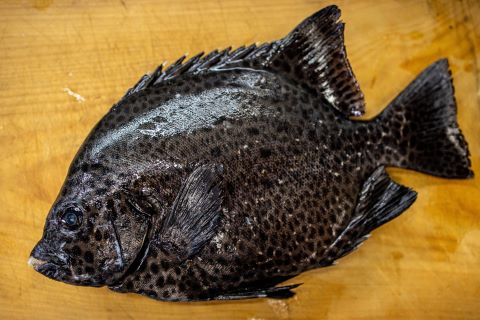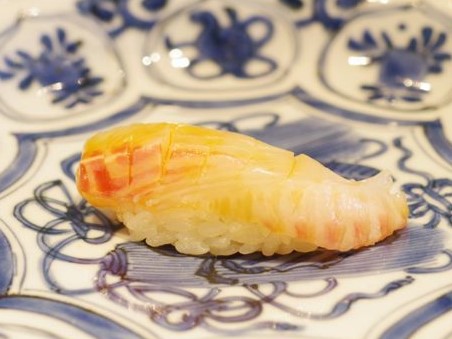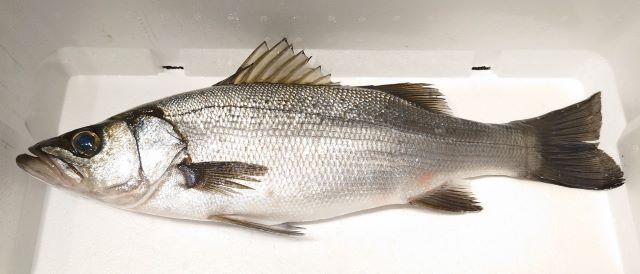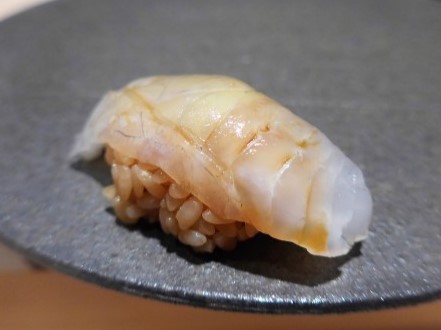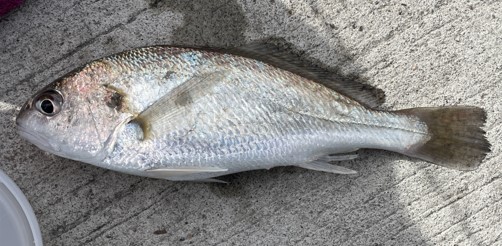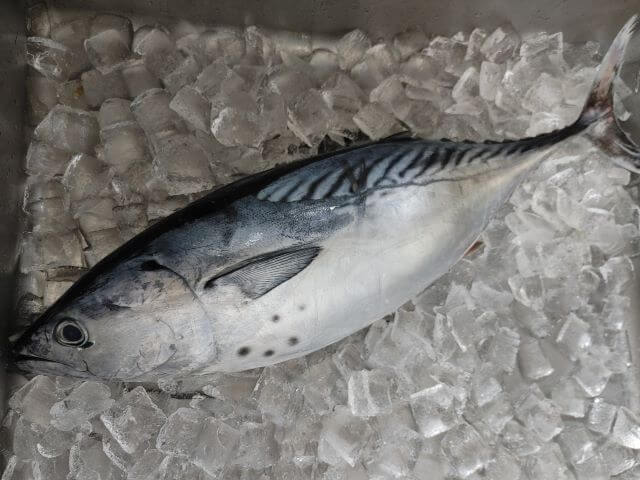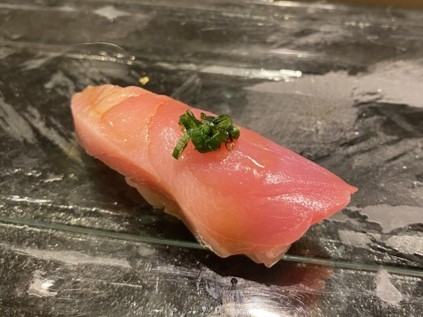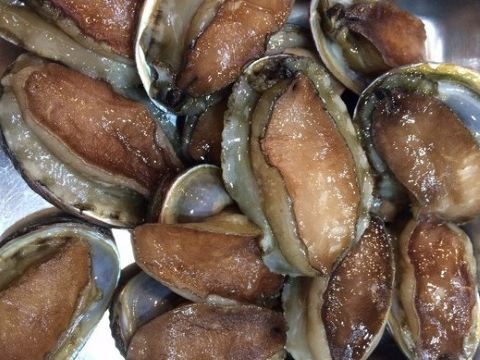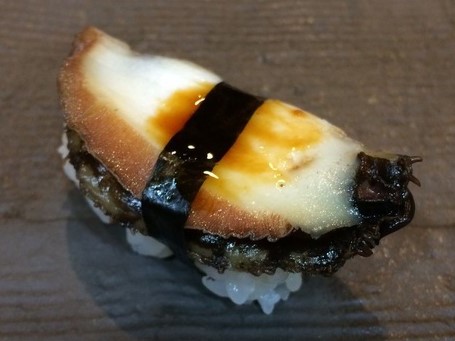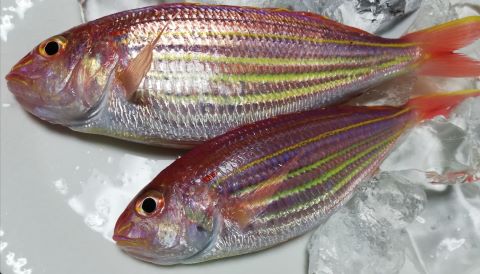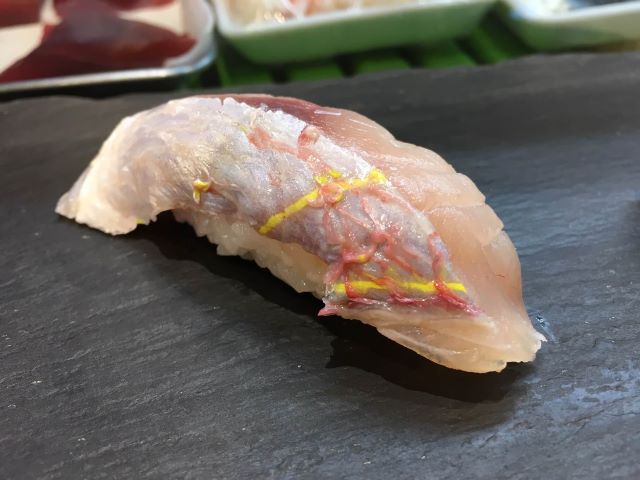Shirako is the name given to the testes of fish when they are used as foodstuffs. Shirako (白子) is the testis of the male fish, while the ovary and fish roe of the female fish are called Mako (真子).
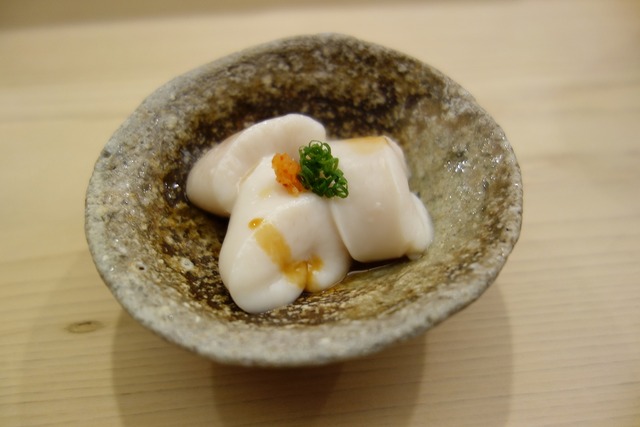
Among them, Blackhead seabream (Kurodai), Pufferfish (Fugu), Mackerel (Saba), Sweetfish (Ayu), and Red seabream (Tai) are considered delicious and have high commercial value and are called the five major shirako. Recently, Pacific cod (Madara) and Chum salmon (Sake) have been added to the list, making seven major shirako.
It can be prepared as tofu, deep fried, steak, grilled, tempura, salted fish, surinagashi (A dish in which seafood is ground and added to soup stock), nigiri sushi, boiled and served with ponzu soy sauce, or grinded and added to sake to make shirako sake.
The main types of shirako served at sushi restaurants are Pacific cod (Madara) and Japanese pufferfish (Torafugu).
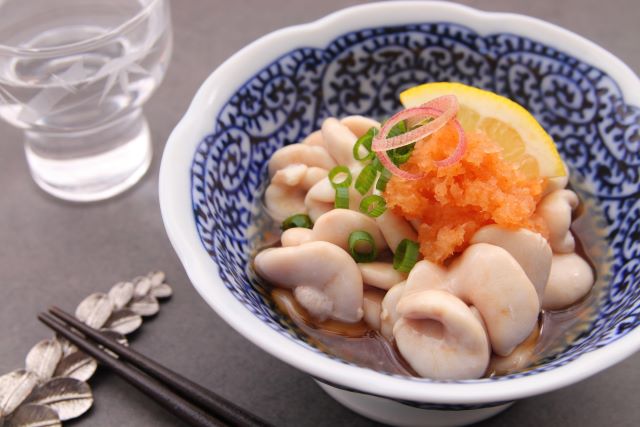
Pacific cod (Madara) shirako is called Tachi in Hokkaido (Kiku in Iwate and Kumoko in Kyoto), and Matachi in particular is known as a premium product. Matachi is rich in nutrients, including protein, vitamins D, E, B1, and B2, phosphorus, and potassium. It is also low in calories and high in protein, making it a good choice for health care. Shirakoponzu (called Tachipon in Hokkaido), a dish that can only be enjoyed at the freshest Shirako, is served with ponzu vinegar as a side dish with sake.
Its preparation is simply a matter of rinsing raw shirako with coarse salt and quickly soaking it in boiling water. When made into a gunkan-maki, the creamy flavor of fresh shirako without any odor, the crispy crunch of nori seaweed, and the combination of grated daikon and chili and green onion condiments are a delightful combination. This is served not only at high-end sushi restaurants, but also at conveyor-belt sushi restaurants.
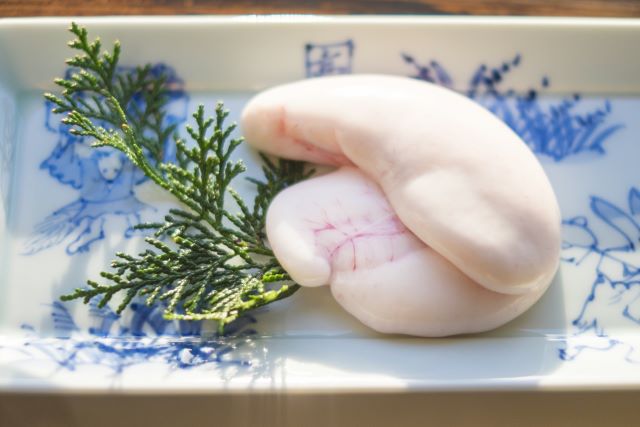
On the other hand, Torafugu shirako is said to be the most precious part of the high-end torafugu because only a limited amount of shirako can be obtained from one fish, and it is not always available. Torafugu shirako is also called the jewel of the sea, with a creamy taste and high nutritional value. It is most in season from January to March, before the spawning season, and has a flavor so rich that it is hard to put into words.
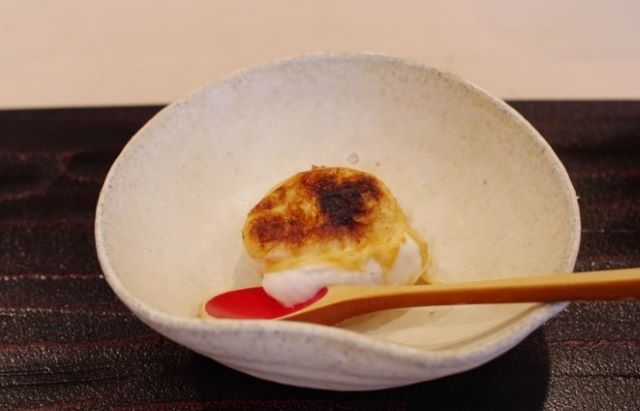
The way to cook it is simply to grill it until the outer skin is cooked to the point that it is not too tough. Since shirako is tender inside, it is served on a plate with sushi rice and shirako on top. Some sushi chefs also make it into a gunkan-maki. In any case, shirako goes well with sushi rice. The shirako served at conveyor-belt sushi restaurants is not Torafugu, but rather more reasonably priced shirako such as purple puffer, Goma globefish, or Shousai puffer, but the rich flavor is the same.
It is not available at any time of the year and only a few sushi restaurants can offer it. If you are a big fan of foie gras or something similar, definitely try it. As you know, some parts of pufferfish are poisonous, so it is recommended to eat it at a restaurant specializing in pufferfish or a sushi restaurant.
